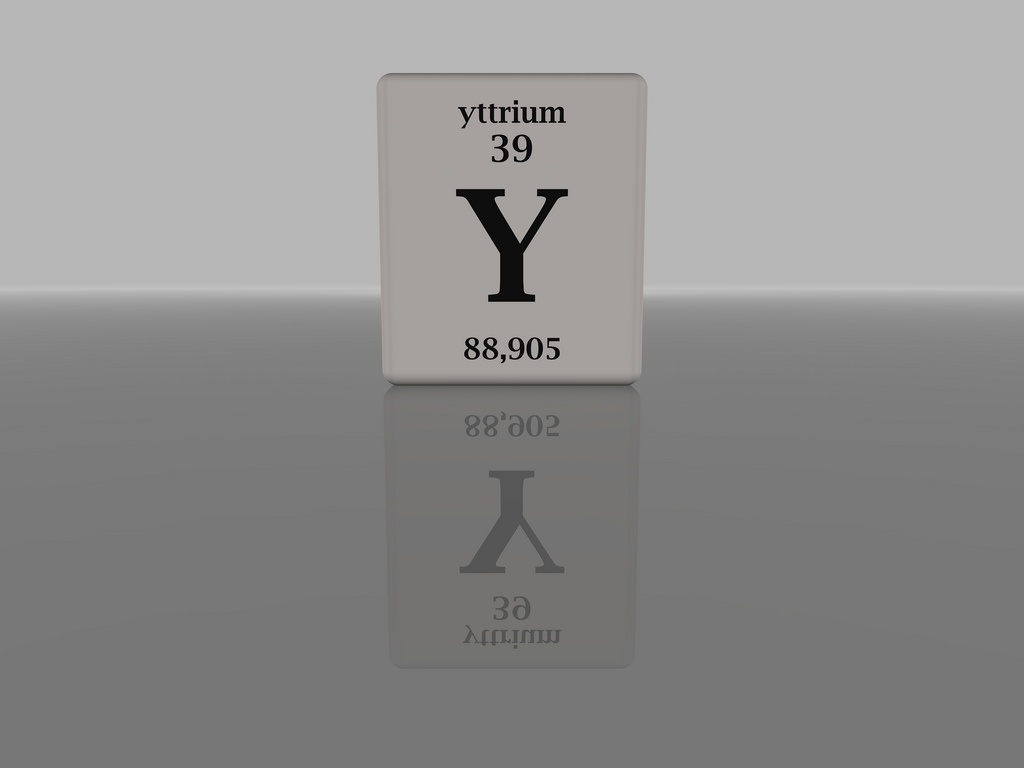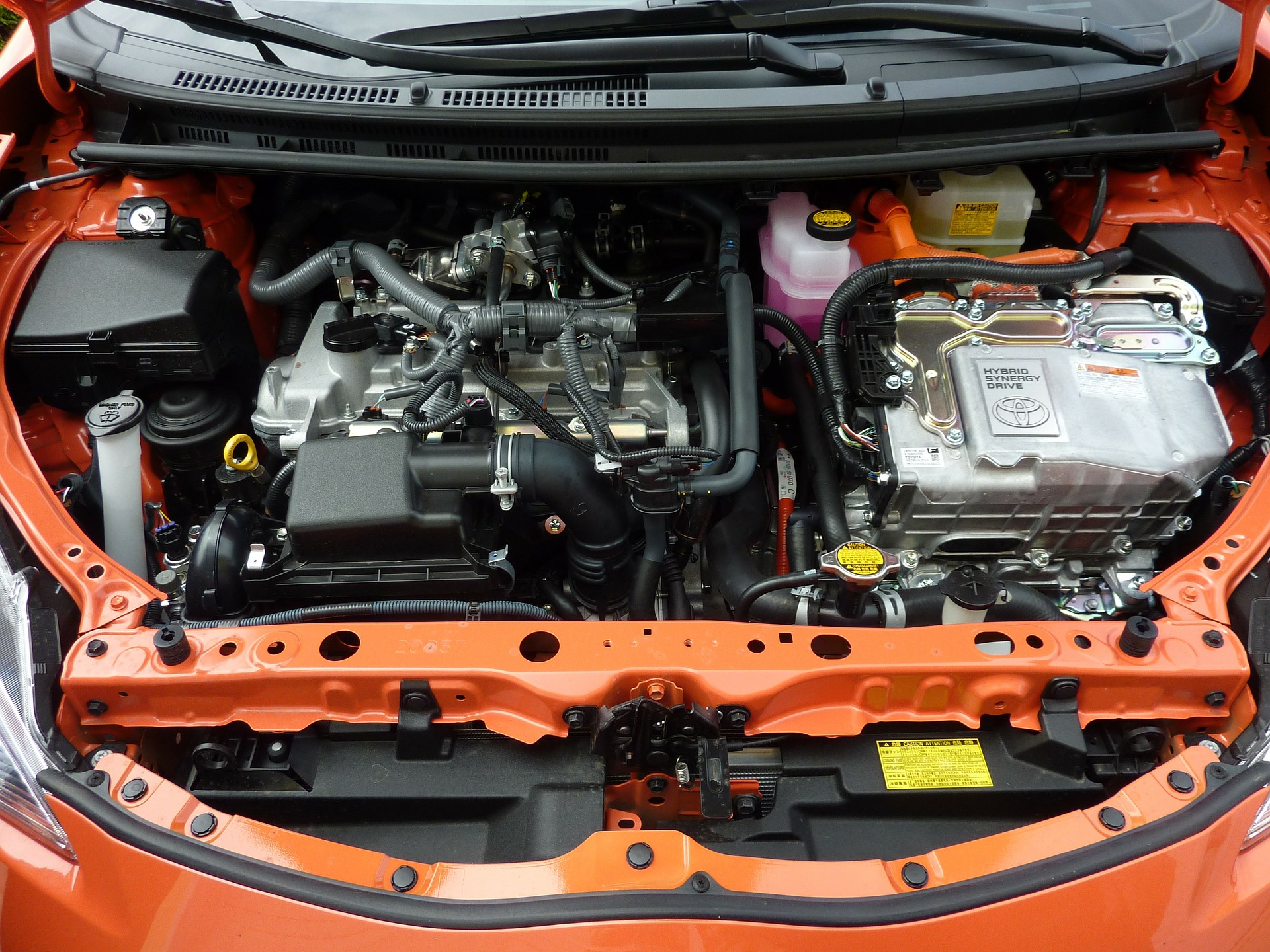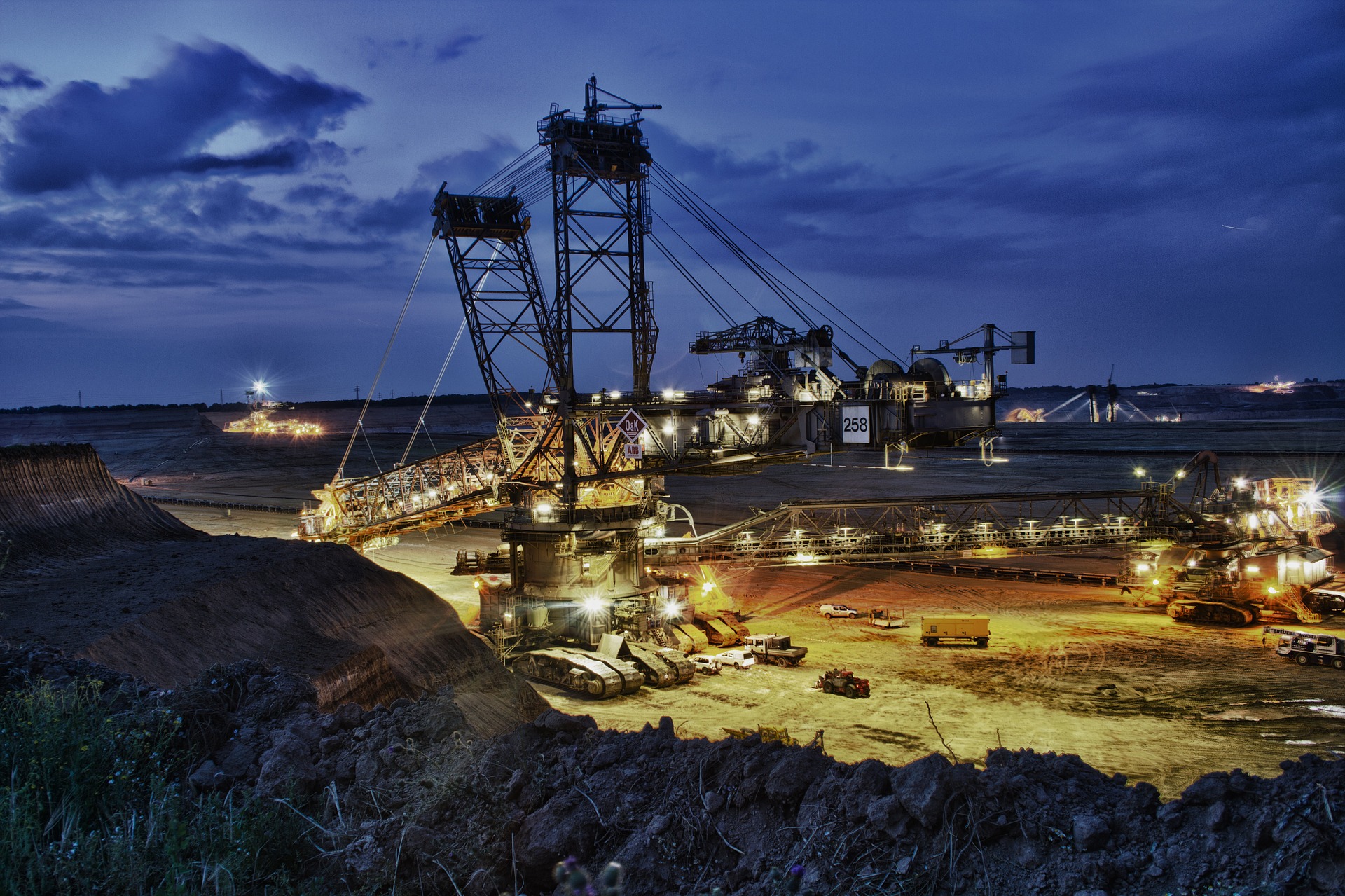Without the mining industry and the rare earth metals its operations extract, green technology as we know it would not be possible.
You may recall from high school chemistry (we don’t blame you if you can’t) the elements at the bottom of the periodic chart, the ones with the especially bizarre names — neodymium, terbium, and dysprosium to name a few. These 17 elements are also known as the rare earth metals and occupy a particularly valuable place in our modern world, thanks to their unique properties.
Well, the only way to harvest the metals is through mining. As we seek new and more sustainable forms of energy, the increasing importance of rare earth metals reminds us that if there are environmental solutions out there, we’re only going to find them with the help of the mining industry.
Finding Rare Metals

Rare earth metals are in fact not as rare as the name suggests, as cerium is actually more common than copper and many others are more abundant than gold. They get the name “rare” from an archaic use of the word that means “difficult,” an apt description for the complex process it takes to extract them. The metals do not occur naturally in larger, mineable quantities, and are instead embedded in other ores, making it difficult and costly to mine them.
Despite their abundance, there are relatively few mining operations that process the rare earths, and most of them are in China. The nation mines and refines over 90% of these metals, driving the U.S. and others to seek their own means of extracting rare earth elements. For example, the American company Molycorp recently tried to reopen its Mountain Pass mine in California to serve as the flagship rare earth production site, only to be shut down last year. Bolivia and Australia are similarly attempting to ramp up operations to meet our growing need for smarter and greener technologies.
Going Green

We presently depend on rare earth metals for just about every facet of our modern lifestyles, from smartphones, to tablets, to laptops. More significantly, these metals are the resource that gives our increasingly essential green technologies their environmentally friendly properties. Thin, affordable solar panels, for example, cannot be made without tellurium. The metal makes up just 0.0000001 percent of the Earth’s crust, making it one of the few rare earths that is actually rare.
Hybrid cars, too, require a surprisingly enormous amount of the metals to function, as their complex batteries need neodymium and lanthanum to produce their powerful magnetism. In real numbers, it’s estimated that Toyota uses 7,500 tons of lanthanum and 1,000 tons of neodymium every year to power their Priuses.
Hydropower and water treatment also depend on the use of rare earth metals, and even the most energy-efficient light bulbs require europium and yttrium. And to keep wind turbines spinning efficiently and reliably, engineers need a “truckload” of other rare earth metals. But unfortunately, the supply is limited.
The Importance of Rare Earth Mining

We cannot meet our growing need for green technologies without the mines that produce rare earth metals. Mining not only makes it possible for you to surf the web on your smartphone, but it more importantly gives us the opportunity to change the way we produce and consume energy — without mines, there can be no green technology.
To help keep the industry running to its fullest and cleanest capacity, mine operators should look to Midwest Industrial Supply, Inc. for all of their dust control needs. Keeping the dust down on access and haul roads not only protects the health of workers, surrounding communities, and the environment — it also reduces the wear-and-tear on equipment that can be costly to fix.
Midwest’s solutions are EPA-approved, and we’re committed to the greenest future possible — one that includes rare earth metals and whatever exciting new technologies they help build next.
(Image Credit: fdcomite/flickr)


